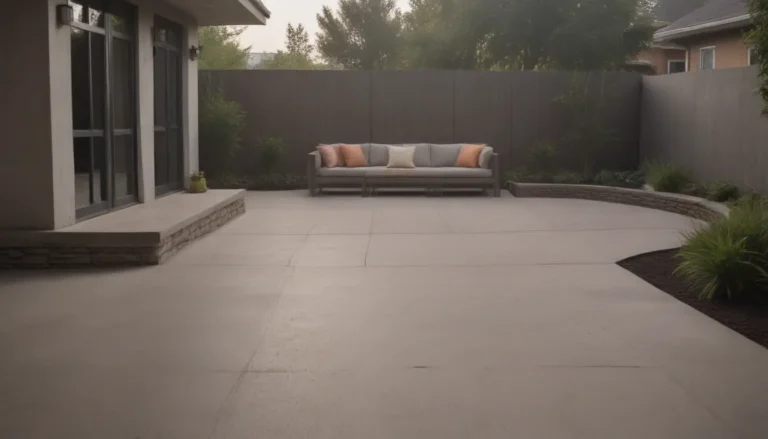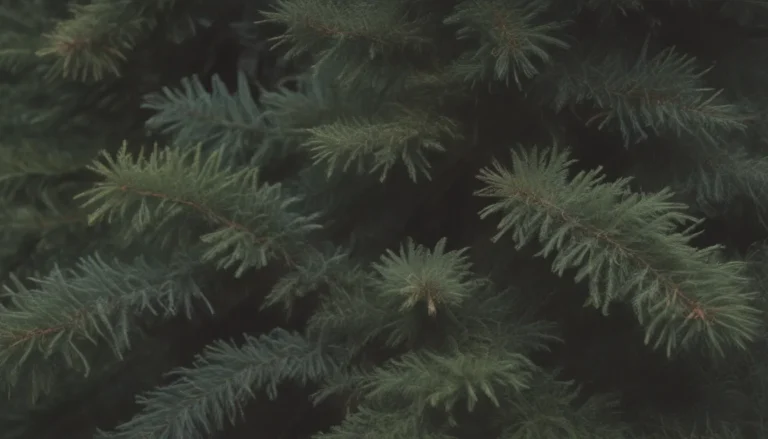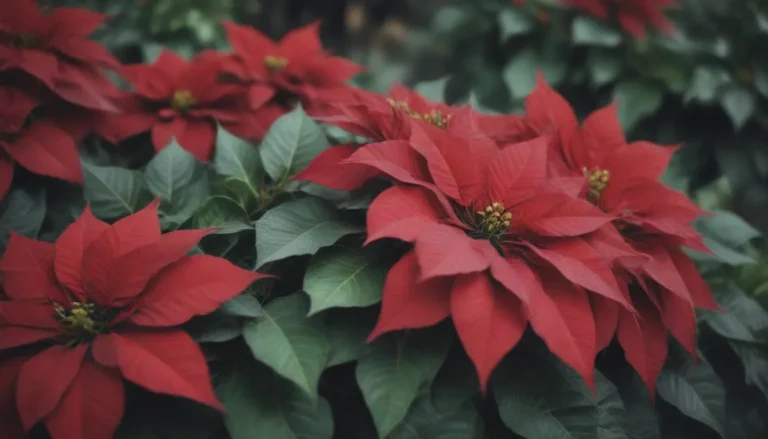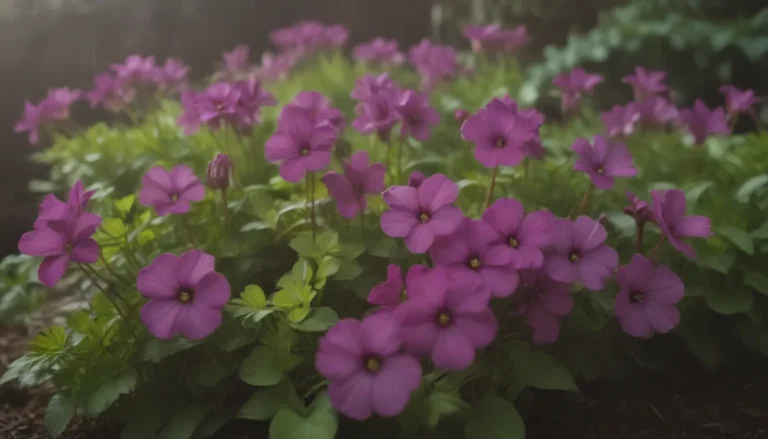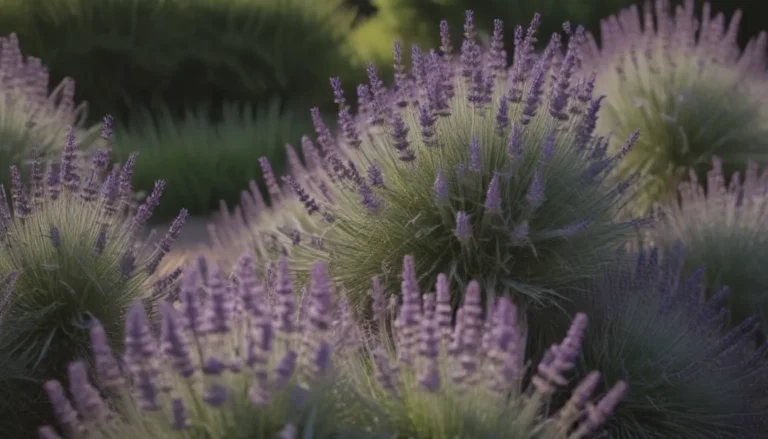The World of Wood-Eating Insects: How to Identify and Control Them
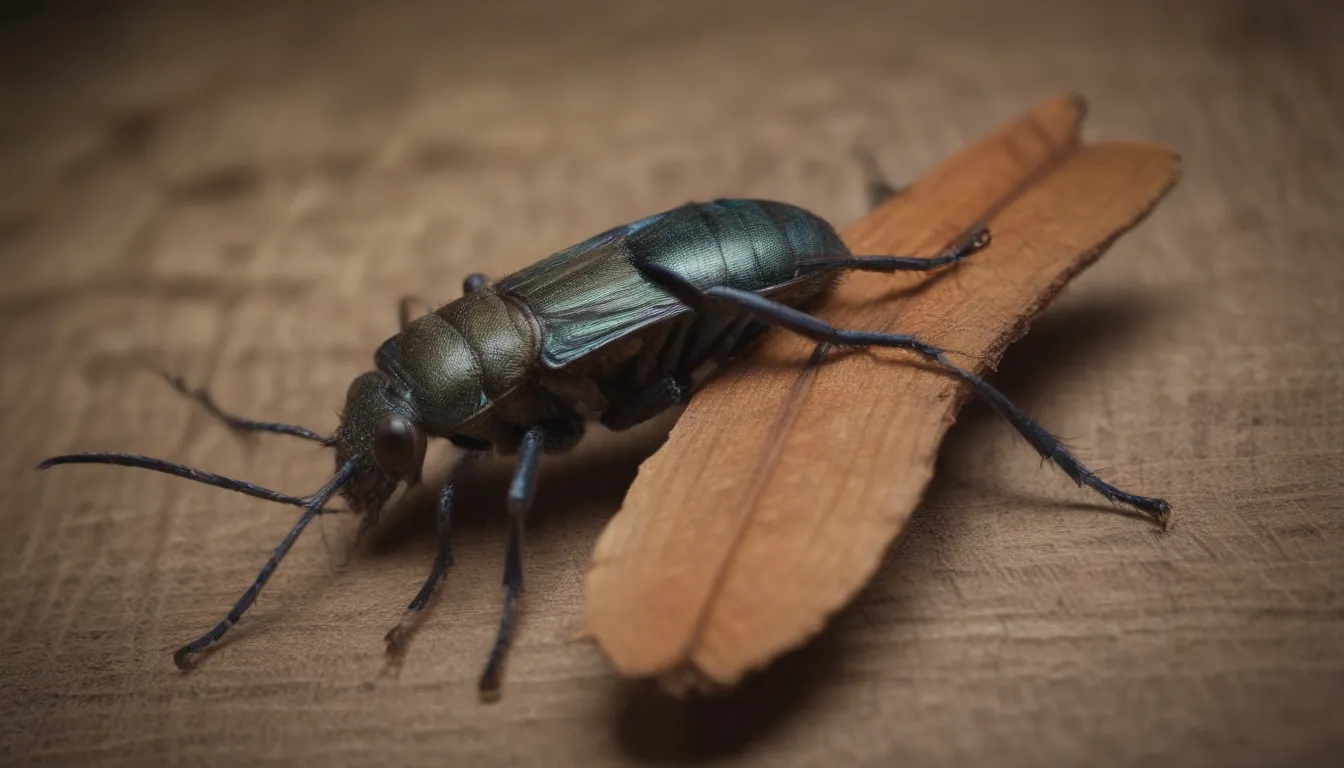
Wood-eating insects are unwelcome guests that can wreak havoc on your property, especially in outdoor structures like decks and garden sheds. Not only do they cause damage and weaken building structures, but some of them can also pose health risks by causing allergic reactions and carrying parasites. In this comprehensive guide, we will explore five common wood-eating insects, how to identify them, and what to do when you suspect an infestation.
Signs of Wood-Eating Bugs
Before we delve into the specific types of wood-eating insects, it’s essential to know how to spot signs of an infestation. Keep an eye out for these indicators:
- Buckling wood
- Squeaky floorboards
- Swollen floors and ceilings
- Pinpoint holes in wood structures
If you suspect wood-boring insects are present in your home, it’s best to contact a pest control specialist for expert assistance in locating and identifying the pests, assessing the damage, and determining the best course of action.
1. Termites: The Silent Destroyers
Identification:
Termites are among the most destructive wood-eating insects, with over 2,000 species worldwide. Key characteristics of termites include:
- Small insects with 1/4-inch long white to light brown bodies
- Unsegmented, squarish or oval heads
- Straight antennae
- Four uniform wings longer than their bodies
Signs of Infestation:
Early signs of termite damage resemble water damage and may include:
- Buckling wood
- Swollen floors and ceilings
- Pinpoint holes in wood structures
Termites do not produce sawdust, but some species leave behind pellets that resemble sawdust. Additionally, termite damage can create an odor of mold or mildew, leading to asthma and allergic reactions in humans. Three common types of termites found in the United States are subterranean termites, drywood termites, and Formosan termites.
2. Carpenter Ants: Wood Destroyers in Disguise
Identification:
Carpenter ants may not eat wood, but they tunnel through it to create nests. Key features of carpenter ants include:
- Small, 1/4- to 1/2-inch long black or red insects
- Bent antennae
- Narrow waists
- Hind wings longer than fore wings
Signs of Infestation:
Carpenter ants leave behind wood shavings called frass and are commonly found near pools, spas, and water sources. If you notice flying ants, it may indicate an infestation, as they are preparing to expand their colony. While carpenter ants don’t sting, they can deliver a painful bite by injecting formic acid into the wound.
3. Carpenter Bees: Buzzing Wood-Boring Insects
Identification:
Carpenter bees are often mistaken for bumblebees but do not have yellow stripes. Key characteristics of carpenter bees are:
- Fuzzy yellow covering near the head
- Black or metallic and smooth bottom
- Bent antennae
- Forewings longer than the body
Signs of Infestation:
Carpenter bees tunnel through wood to create nests, leaving behind piles of sawdust. They are attracted to unpainted, weathered softwoods found in homes, buildings, decking, and furniture. Only female carpenter bees have stingers, which they use when threatened.
4. Powderpost Beetles: Silent Nighttime Destroyers
Identification:
Powderpost beetles are active at night and leave behind tiny holes surrounded by powdery sawdust. Key features of powderpost beetles include:
- Brown to reddish color
- 1/8- to 3/4-inch long
- Two pairs of wings
Signs of Infestation:
Powderpost beetles are attracted to light and may be seen around windows during an infestation. They are commonly found in flooring, paneling, furniture, and other wood materials, with antique furniture being particularly vulnerable.
5. Furniture Beetles: Woodworms on the Prowl
Identification:
Furniture beetles, also known as woodworms, are known for their larvae that consume softwoods and hardwoods. Key characteristics of furniture beetles include:
- Reddish-brown insects
- 1/4-inch long with an elongated oval shape
- Segmented antennae
- Wings marked by grooves
Signs of Infestation:
Furniture beetles create tiny exit holes surrounded by powdery frass while tunneling through wood. They are attracted to damp, moist wood and are commonly found in wood flooring, crawl spaces, and wood siding.
It can be challenging to determine which type of wood-eating insect is causing damage, as they often hide well. If you notice fine powdery mounds or trails near holes with tiny wood shavings, it’s likely you have a wood-eating insect problem. In such cases, consider contacting a pest control company for professional identification and treatment.
Wood-eating insects can typically be eliminated through fumigation or other professional treatments. To prevent infestations, ensure that your wood is dry and not moist, as moist wood attracts wood-eating pests.
In conclusion, staying vigilant and knowing how to identify common wood-eating insects can help protect your property from damage. By taking proactive measures and seeking professional assistance when needed, you can keep these nuisance pests at bay and safeguard your home against potential infestations.
